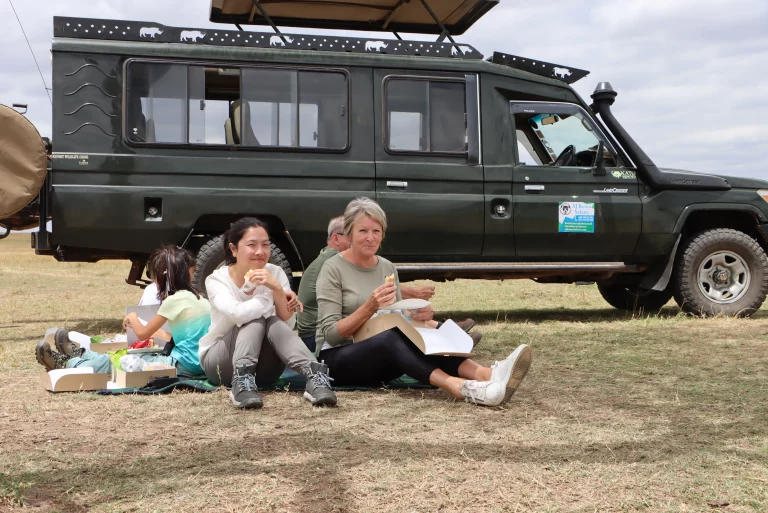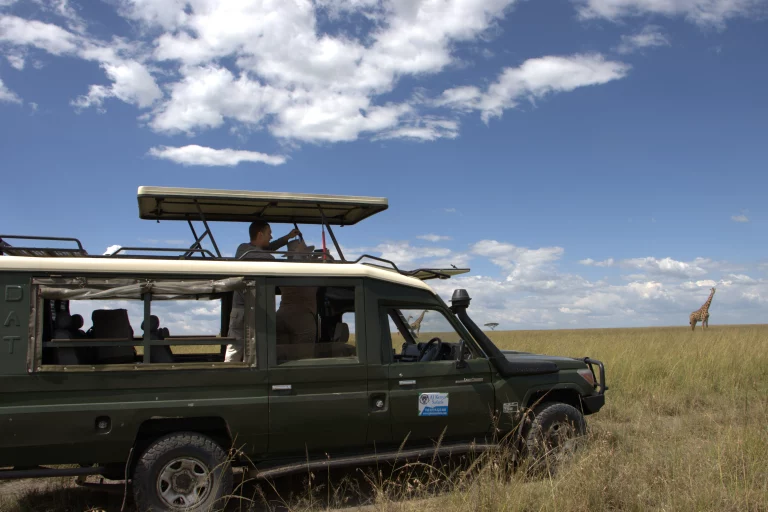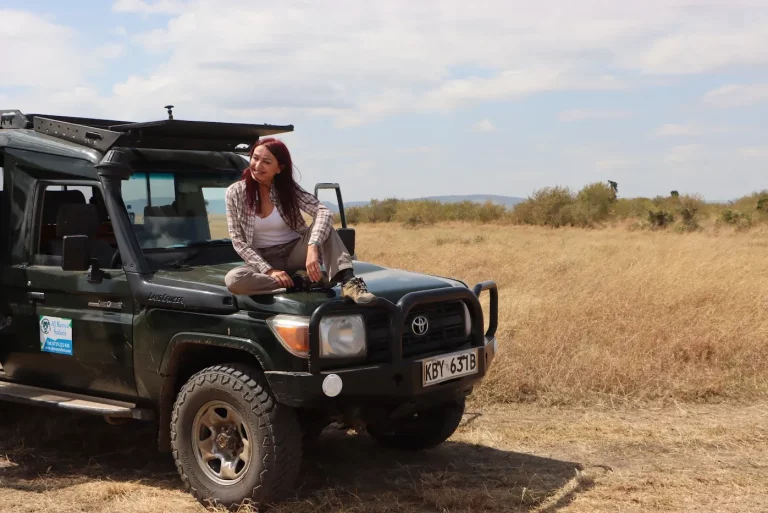Shimba Hills National Reserve: A Guide to Wildlife, Landscapes, & More
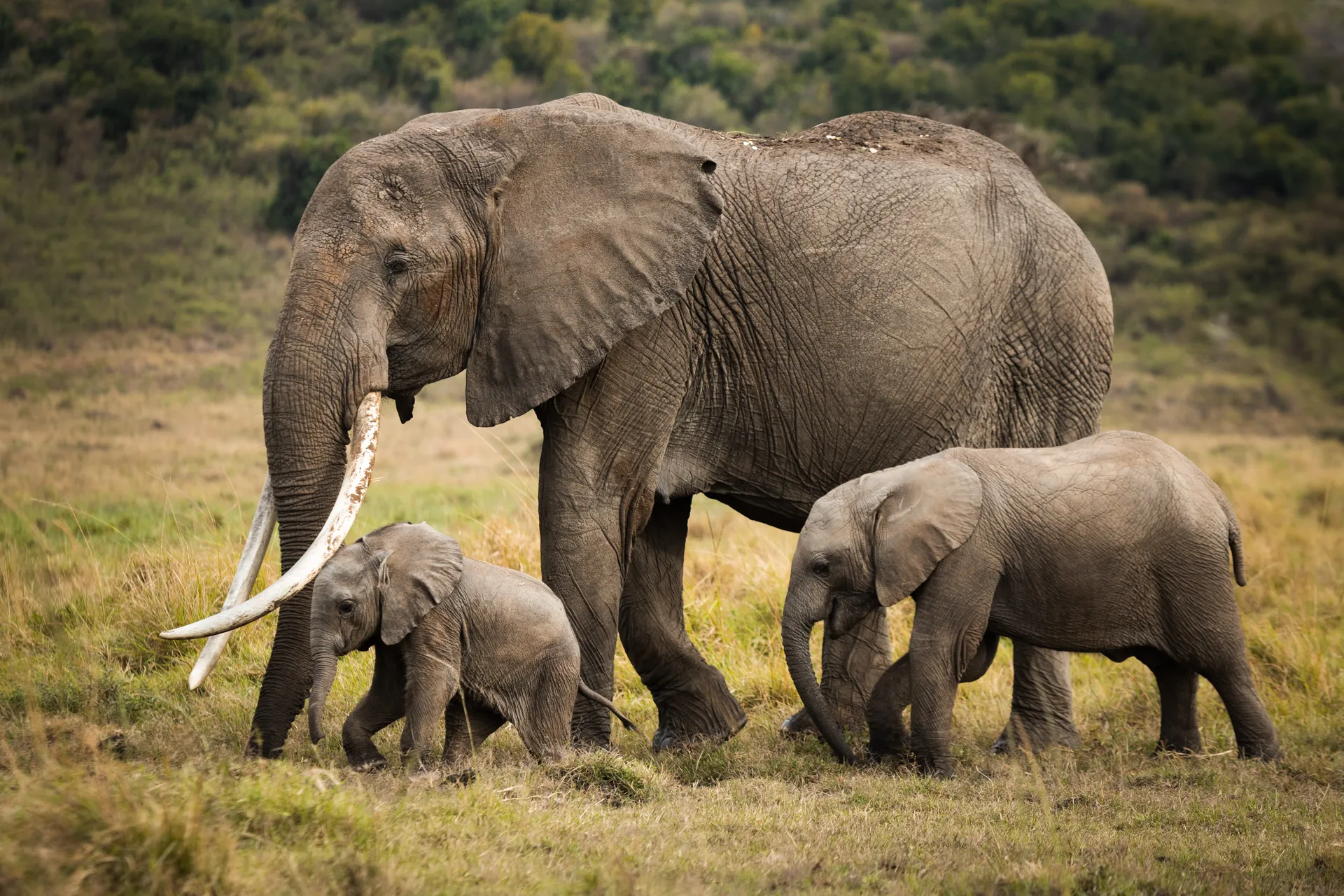
Just 33 kilometers from Mombasa, Shimba Hills National Reserve is a serene haven for nature lovers and wildlife enthusiasts. With its lush forests, rolling hills, and wide-open grasslands, the reserve is home to Kenya’s highest concentration of African elephants and the rare sable antelope. In this article, we explore the best ways to experience the reserve’s diverse wildlife, breathtaking landscapes, and unique attractions. We also highlight practical tips for planning your visit, including essential packing advice, optimal times to visit, and accommodation options to ensure a memorable and immersive adventure in this remarkable destination.
Why Go on a Shimba Hills Safari With Us
We provide exclusive, intimate access to the hidden gems of Shimba Hills—from rare wildlife encounters with the endangered sable antelope to private, scenic viewpoints overlooking the Indian Ocean. Our tailored itineraries ensure that every detail, from guided nature walks to gourmet bush meals, is crafted to your preferences. With top-tier service, luxurious accommodations, and expert guides who know Shimba Hills inside and out, we don’t just offer a safari—we deliver an unforgettable, personalized adventure that far surpasses the ordinary. Let us show you why a Shimba Hills safari with us is the ultimate in luxury exploration.
Call or WhatsApp us at +254-704-532-105 or send us an email at any of these email addresses.
A Look at Some of Our Most Booked Safari Packages
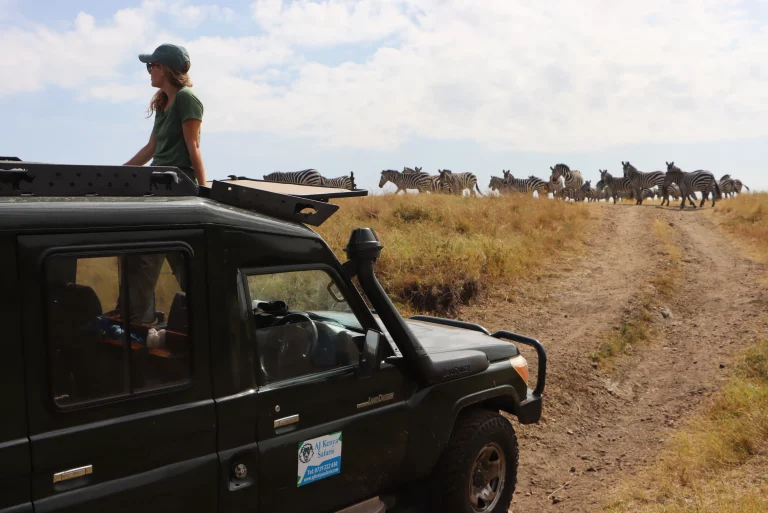
10 Day Kenya Classic Safari
From £6113
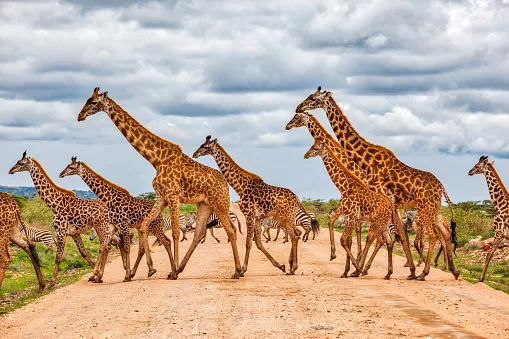
3-Days Safari with a Stay at Jambo Mara Safari Lodge
From £718
Video Overview: Shimba Hills National Reserve
Executive Summary
- Shimba Hills National Reserve is a biodiversity hotspot in Kenya, known for its diverse wildlife, including the highest concentration of African elephants in the country and over 1,000 plant species.
- Key attractions include the Sheldrick Falls, and the Marere Dam for wildlife viewing making it a must-visit for nature lovers and photographers.
- The reserve is best visited during the dry seasons for wildlife viewing, while the rainy seasons are ideal for birdwatching, offering a refreshing escape from coastal heat.
Discovering Shimba Hills National Reserve
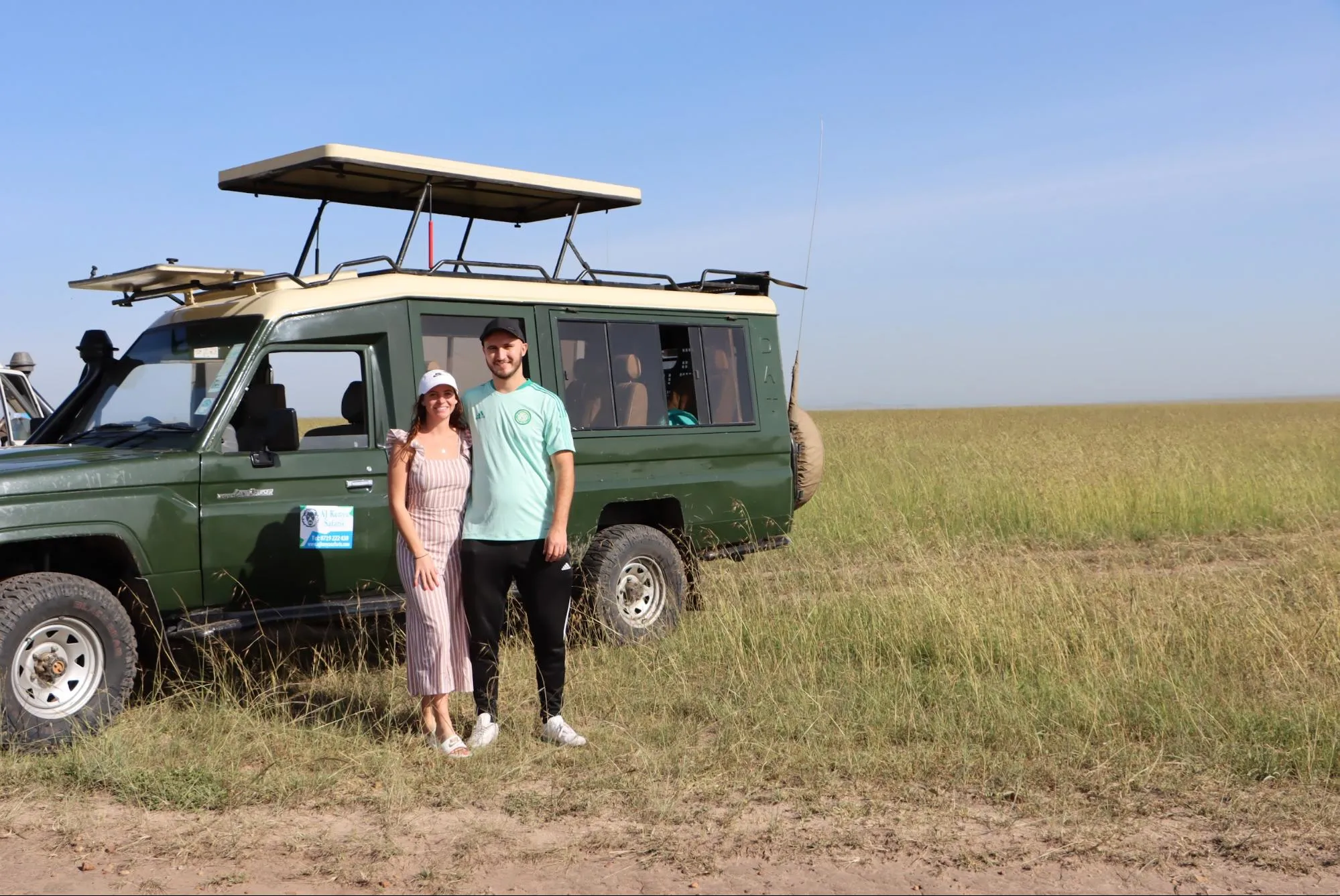
Nestled in the Coast Province of Kenya, Shimba Hills National Reserve is a sanctuary of natural beauty and biodiversity. The reserve is located approximately 33 kilometers southwest of Mombasa, making it easily accessible for visitors from coastal areas like Diani Beach and Mombasa.
Here, adventure seekers can embark on walking safaris and game viewing to encounter the reserve’s fascinating inhabitants, while birdwatching enthusiasts will be captivated by its rich avian diversity. Guests can also explore the stunning Sheldrick Falls, which provides a serene spot for relaxation and photography.
With its cooler, humid climate offering a refreshing escape from the coastal heat, Shimba Hills National Park is ideal for both day trips and extended stays.
Diverse Wildlife at Shimba Hills
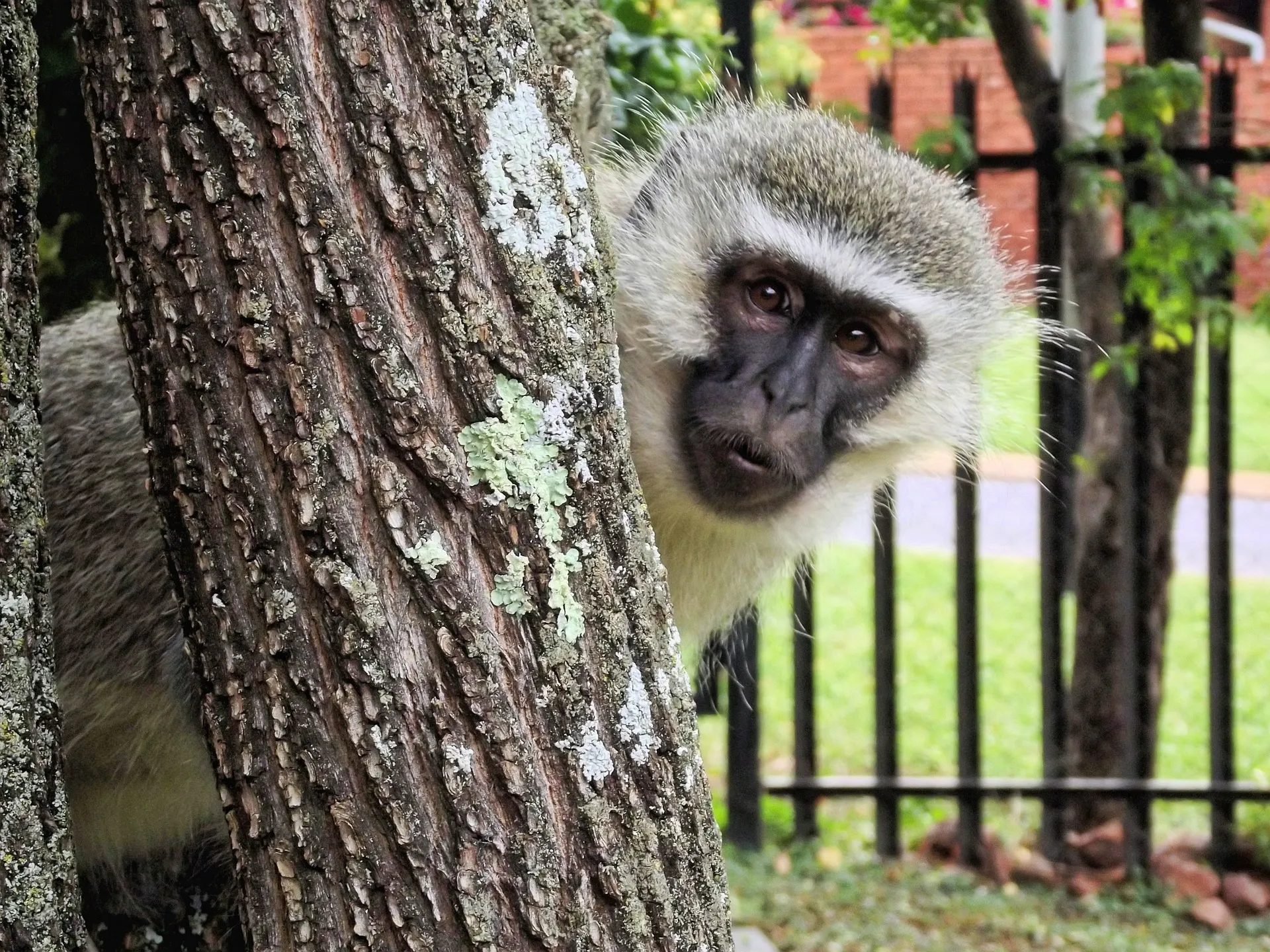
One of the major attractions of Shimba Hills National Park is its diverse wildlife. The reserve boasts the highest concentration of African elephants in Kenya, with about 700 elephants calling this place home. These gentle giants can often be seen roaming the reserve, providing visitors with unforgettable animal encounters. Additionally, the endangered sable antelope, a large ebony-coloured antelope with distinctive black males, is a significant draw for wildlife enthusiasts.
The reserve is also a haven for bird species, with 111 recorded species, including the East African Crowned Crane, golden palm weaver, and the Zanzibar Red Bishop. Birdwatchers will find Shimba Hills to be a paradise, especially during the rainy seasons when the landscape is lush and vibrant. Other animal species that inhabit the reserve include the African bush baby, the Sykes monkey, serval cat, white colobus monkey, civet cat, blue duiker, red duiker, bush duiker, bush pig, bush buck, the black and red shrew, golden pal and the bushy-tailed mongoose.
Unique Flora and Fauna
Shimba Hills National Park is not just about wildlife; it is also an ecological treasure trove with over 1,000 plant species. This small national reserve is one of the largest coastal forests in East Africa, showcasing a rich variety of plant and animal life. Its diverse landscapes, which include dense forests, rolling hills, and open grasslands, create various habitats that are essential for the survival of many unique species.
The reserve’s unique flora includes a variety of endemic and endangered plant species, making it a nationally important site for ecological research and conservation efforts. The combination of thick forests and open grasslands also makes Shimba Hills a prime location for wildlife tourism.
Must-See Attractions
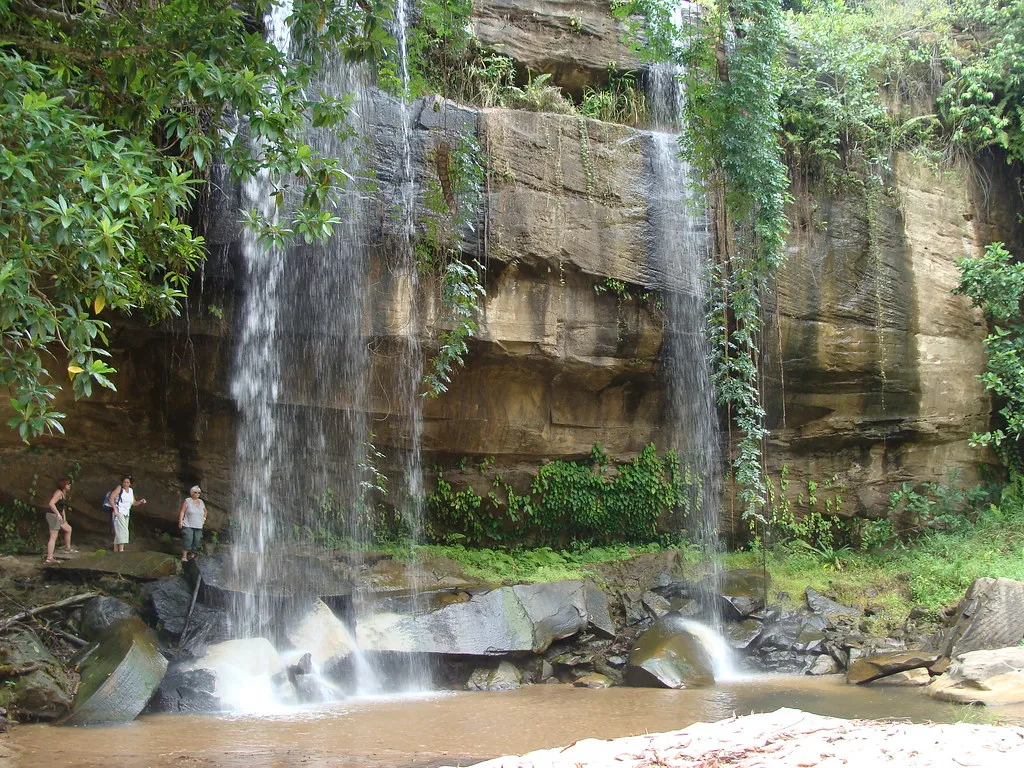
When visiting Shimba Hills National Reserve, there are a few attractions that you simply cannot miss. The Sheldrick Waterfalls is one such highlight. This stunning 21-meter waterfall cascades into a natural plunge pool, surrounded by lush forest, making it an ideal spot for photography and relaxation. The sound of the water and the serene environment provide a perfect escape from the hustle and bustle of daily life.
Another must-see attraction is Marere Dam, a crucial watering location for various wildlife species. It is renowned for game viewing, particularly birdwatching, as it attracts a variety of bird species. The dam’s tranquil setting offers visitors a chance to observe the reserve’s wildlife in their natural habitat, making it a favorite spot for both photographers and nature lovers.
There’s also Elephant Hill, which offers panoramic views and a chance to see the diverse wildlife of Shimba Hills. This vantage point offers expansive views of the reserve and is a favored spot for observing the rich biodiversity of the area.
While not part of Shimba Hills National Park, Mwaluganje Forest is a noteworthy attraction nearby. Located to the north of the reserve, this separate and adjacent forest area is known for its dense vegetation and vital role in regional conservation. It adds to the region’s rich biodiversity and offers another dimension to the natural experiences available in this part of Kenya.
Whether you’re on a day trip or an extended visit, these attractions provide a glimpse into the natural beauty and animal encounters that Shimba Hills National Park has to offer.
Climate and Best Times to Visit
Shimba Hills National Park offers a refreshing contrast to the heat experienced in nearby coastal areas like Mombasa. The temperature in Shimba Hills typically averages around 24°C (75°F), providing cooler temperatures compared to lower altitudes. This makes it an ideal destination for those looking to escape the scorching sun of the southern coastline.
The best time to visit Shimba Hills for game viewing is during the dry season, from July to September and January to February. During these months, the rainfall is minimal, and the vegetation is less dense, making it easier to spot wildlife.
Birdwatching enthusiasts will find the rainy seasons from April to May particularly rewarding, with lush and vibrant landscapes enhancing their experience. The short rains in December also offer excellent opportunities for birdwatching, as the fresh vegetation attracts a variety of bird species.
Getting to Shimba Hills

Getting to Shimba Hills is relatively easy, especially if you’re starting from nearby coastal areas like Mombasa or Diani Beach. The drive from Diani Beach to Shimba Hills typically takes around 45 minutes, while that from Mombasa takes around an hour. Local taxi services and tour operators provide transportation options, ensuring that you can reach the reserve without any hassle. Private car hires are also available for those who prefer a more flexible schedule.
No matter how you choose to get there, the journey to Shimba Hills promises scenic views and an exciting adventure.
Accommodation Options

When it comes to accommodation, Shimba Hills Lodge is the only option within the Shimba Hills National Reserve. This unique tree lodge offers comfortable rooms with balconies that overlook the lush forest, providing guests with an immersive nature experience. The lodge also features an on-site restaurant, ensuring that you can enjoy local cuisine without leaving the reserve.
If you prefer to stay outside the reserve, there are several hotels located nearby. Options like Sarova Salt Lick Game Lodge and Voi Wildlife Lodge provide additional amenities such as swimming pools, restaurants, and organized safari tours. These accommodations offer a comfortable stay while allowing you to explore the beauty of Shimba Hills at your own pace.
Activities and Experiences
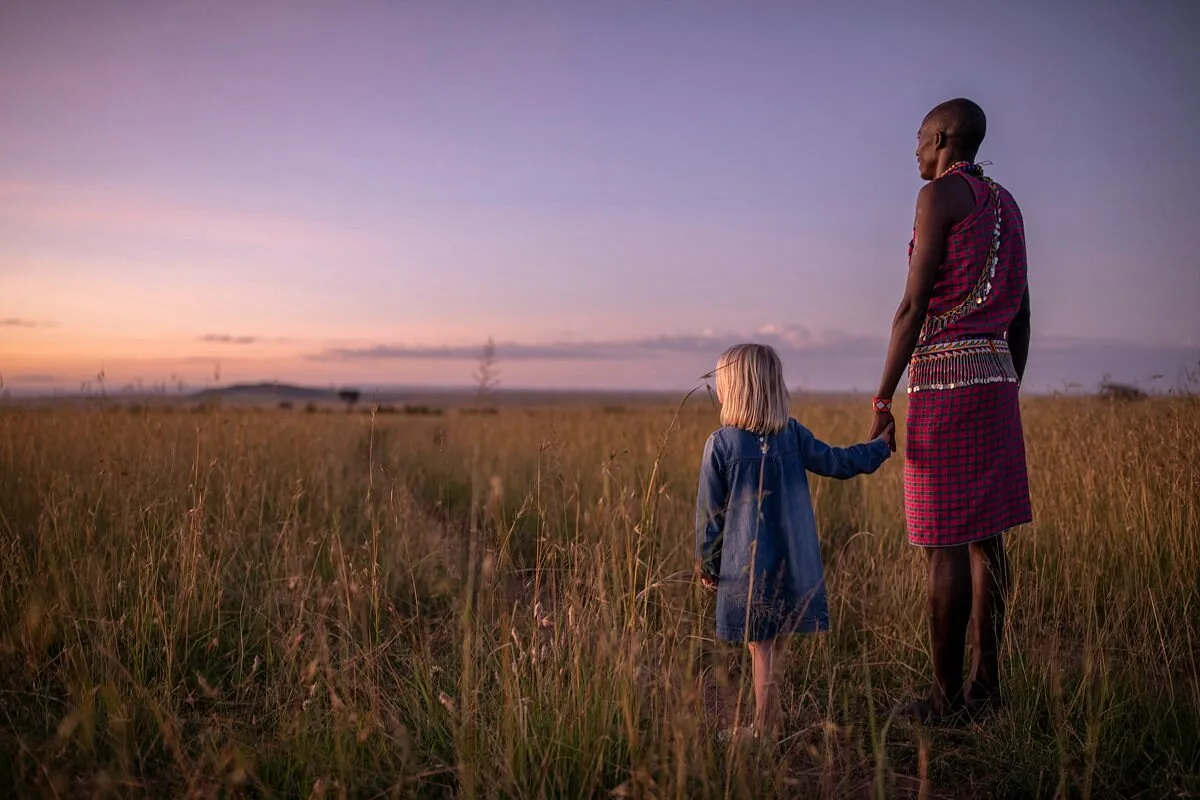
Shimba Hills National Reserve offers a wide range of activities and experiences that cater to different interests. Guided walks through the reserve provide opportunities to see elephants and various bird species up close. These walking safaris allow for intimate wildlife encounters, although the dense forest can make game viewing more challenging.
Birdwatching is another popular activity, with over 200 species of birds calling the reserve home. The Mwalunganje Sanctuary, adjacent to the reserve, offers an additional wildlife viewing experience by serving as a migration corridor for elephants. This sanctuary enhances the overall wildlife experience, making it a must-visit for animal lovers.
Other fun activities you can try include trekking, road climbing, visiting archaeological sites within the reserve, game drives, and camping.
Conservation Efforts
Shimba Hills National Reserve was established in 1968 with the primary goal of protecting its unique wildlife and rich biodiversity. The reserve serves as an important habitat for both terrestrial and avian wildlife, playing a crucial role in maintaining ecological balance. However, the region has also faced tense human-wildlife conflicts, particularly as wildlife encroach on agricultural lands, leading to crop damage and sometimes posing threats to local communities.
Local communities play a vital role in protecting the biodiversity of Shimba Hills through traditional knowledge and sustainable practices. Conservation education programs have helped these communities adopt sustainable land-use methods, which not only contribute to conservation but also help mitigate human-wildlife conflicts. These programs promote co-existence and have bolstered tourism development, offering locals alternative livelihoods.
One of the significant conservation focuses in Shimba Hills is the recovery plan for sable antelopes. This plan emphasizes habitat preservation, enhanced anti-poaching strategies, and community involvement in conservation. By encouraging local communities to participate in conservation efforts and addressing the challenges of human-wildlife conflicts, Shimba Hills continues to be a model for sustainable wildlife management and ecological preservation.
Local Culture and Community
The indigenous communities around Shimba Hills, many of whom are subsistence farmers, rely on the forest for their livelihoods and play a crucial role in preserving natural resources. To support both conservation and community welfare, community-based tourism initiatives have been developed, generating income for local residents while promoting environmental stewardship. These initiatives allow the communities to benefit from wildlife tourism, with earnings contributing to community development projects, such as education and healthcare, fostering a sense of ownership and responsibility in conservation efforts.
By actively engaging in tourism and conservation initiatives, local communities not only enhance their livelihoods but also support sustainable wildlife management. This participation ensures that both the environment and the economy remain resilient, as the success of tourism and conservation is directly linked to the well-being of the people and the preservation of Shimba Hills’ biodiversity.
Entrance Fees and Regulations
Category | Adults | Children |
Non-residents | Ksh 1,000 | Ksh 500 |
Kenyan citizens | Ksh 500 | Ksh 250 |
Payment Methods | Cash or Mobile Money at the Main Gate |
To enter Shimba Hills National Reserve, adults are required to pay an entry fee of Ksh 1,000, while children pay Ksh 500. Kenyan citizens enjoy a reduced entry fee of Ksh 500 for adults and Ksh 250 for children. Payments can be made at the park’s main gate using cash or mobile money transfers.
Visitors are encouraged to follow national park regulations, which include not feeding the wildlife and staying on designated paths.
Summary
In summary, Shimba Hills National Reserve offers a unique blend of natural beauty, diverse wildlife, and rich cultural heritage. From the stunning Sheldrick Falls to the expansive views from Elephant Hill, the reserve provides numerous attractions that cater to a variety of interests. The cooler climate and accessible location make it an ideal destination for both day trips and extended stays.
Whether you’re a wildlife enthusiast, a nature lover, or someone seeking tranquility, Shimba Hills promises an unforgettable experience. By visiting and supporting the conservation efforts, you contribute to the preservation of this ecological treasure. So, pack your bags and embark on an adventure to discover the wonders of Shimba Hills National Reserve!
Frequently Asked Questions
What animals are in the Shimba Hills National Reserve?
Shimba Hills National Reserve is home to many animals, including large herds of elephants, the rare sable antelope, the black and red shrew, blue duiker, bush duiker, civet cat, serval cat, sykes monkey, red duiker, white colobus monkey, and bird species such as the Fish eagles and the Zanzibar red bishop. Other animal species in the park include the leopard, African bush baby, bush pig, giraffe, warthog, and zebra.
Which Sub County is Shimba Hills in?
Shimba Hills National Reserve (one of Kenya’s largest coastal forests) is located in the Sub County of Kwale, which is part of Kwale County in the Coast Province of Kenya. The reserve is approximately 33 kilometers from Kwale Town, along the Kenya coast.
What Should I Pack for a Safari to Shimba Hills?
When packing for a safari to Shimba Hills, be sure to include lightweight, breathable clothing in neutral colors, a wide-brimmed hat, sunglasses, and sunscreen to protect against the sun. Don’t forget to include a pair of hiking boots, insect repellent, a camera for capturing wildlife, binoculars for birdwatching, and a rain jacket, especially if you’re visiting during the rainy season.
How can I get to Shimba Hills National Reserve?
You can easily get to Shimba Hills National Reserve by taking a private car, a local taxi, or joining an organized tour from places like Mombasa or Diani Beach, which is about a 45-minute drive. Enjoy your trip!
What are the best times to visit Shimba Hills for wildlife viewing?
For the best wildlife viewing in Shimba Hills, plan your visit during the dry season of July to September or January to February, when the weather is drier and the vegetation isn’t as thick. You’ll have a better chance to spot the wildlife in these months!
What accommodation options are available at Shimba Hills?
The best option within Shimba Hills is the Shimba Hills Lodge, which offers comfortable rooms and dining. For nearby choices, consider Sarova Salt Lick Game Lodge and Voi Wildlife Lodge.
What activities can I do at Shimba Hills National Reserve?
You can enjoy guided walks, birdwatching, road climbing, and game drives at Shimba Hills National Reserve, plus trekking and exploring archaeological sites. Don’t miss the chance to visit the Mwalunganje Elephant Sanctuary for a special experience!
What are the entry fees for Shimba Hills National Reserve?
The entry fee for Shimba Hills National Reserve is Ksh 1,000 for adults and Ksh 500 for children, while Kenyan citizens enjoy a reduced rate of Ksh 500 for adults and Ksh 250 for children. You can pay easily at the park entrance with cash or mobile money!

